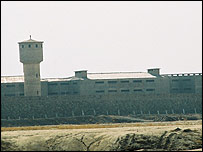The Prison Ship Martyrs Monument that stands today in the center of Fort Greene Park is a 1908 memorial to the 11,000 men, women and children who died in horrid conditions on the British Prison Ships during the Revolutionary War. The Monument, which is sometimes referred to as the Soldiers and Sailors Monument, stands in the center of what was then called Fort Putnam, named after Gernal Putnam. The Monument you see today is actually the third incarnation of this sacred shrine. The story of the horrid Prison Ships – and the ghastly conditions suffered by the men, women & children imprisoned on them during the Revolutionary War – is one of the most disturbing chapters in American history. During the American Revolutionary War, which began in 1775, the British arrested scores of soldiers, sailors, and private citizens on both land and sea. Many were imprisoned simply because they would not swear allegiance to the Crown of England. Besides American civilians and re...


